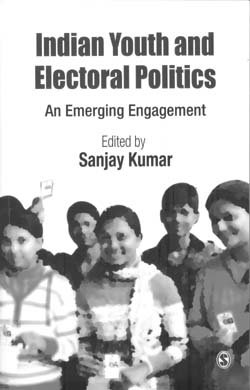Indian Youth and Electoral Politics: An Emerging Engagement edited by Sanjay Kumar takes up critical questions that have dominated the larger political canvas since 2009. In the election year, it has come at an opportune time to build an understanding among readers and help them critically examine the idea that has been floated since the 2009 Lok Sabha election. It is since the Lok Sabha election when the conversation around the existence of youth constituency began circulating within the political circle.
May 2014, volume 38, No 5

